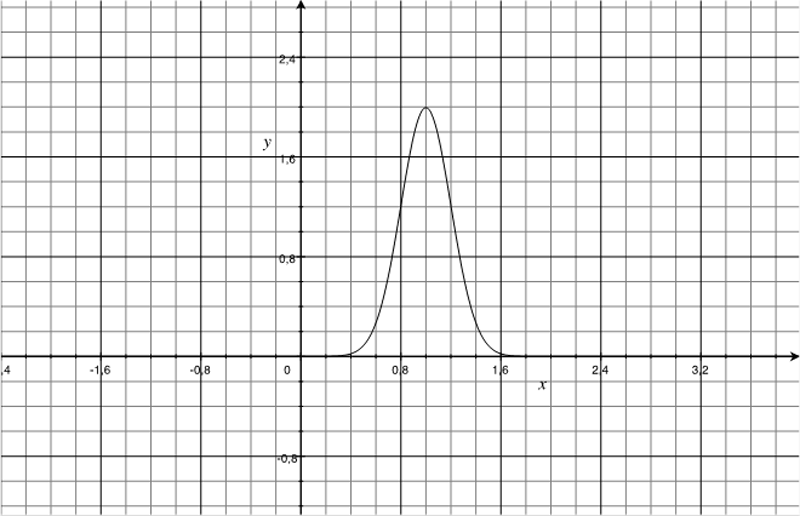The Gaussian probability density function
A continuous scalar random variable x is said to be normally distributed with parameters and and expressed as , if its probability density function is given by:
Note that the probability density function depends only on two parameters, the mean and the variance. If we define a new random variable with this transformation z=(x-μ)/σ, a new normal or Gaussian random variable with zero mean and unity variance is obtained. It is called standard normal.
- Calculation of probabilities with the Normal or Gaussian PDF
Probabilities must be calculated by integrating the PDF. The integral of a Normal function only can be solved numerically, as a primitive function cannot be obtained. This calculation is quite common in communications.
The `complementary error function’, or Function Q, is defined as follows:
The values of Q(x) have been calculated numerically and can be found in tables in many books. The calculation of probabilities of normal random variables is usually carried out using this function. The Q(x) function is monotonically decreasing. Some features are:
Example: Given a standard normal random variable, calculate the probability of the random variable to be smaller than or equal to one.






